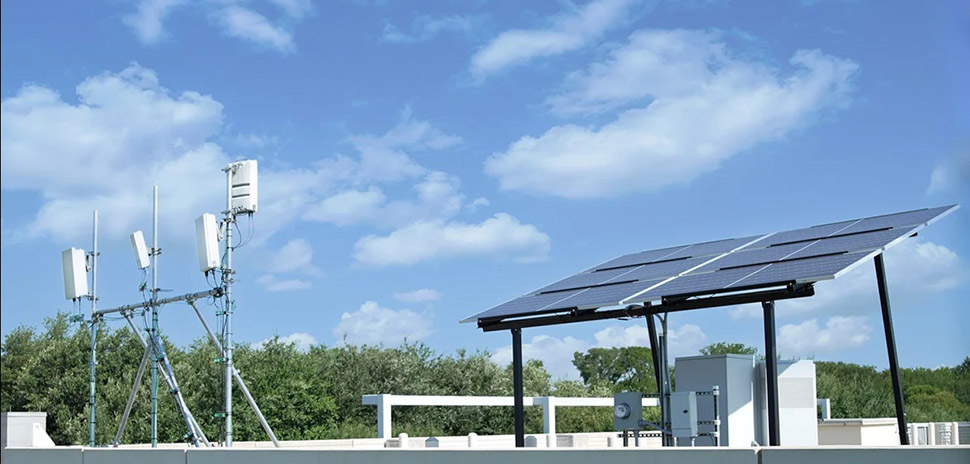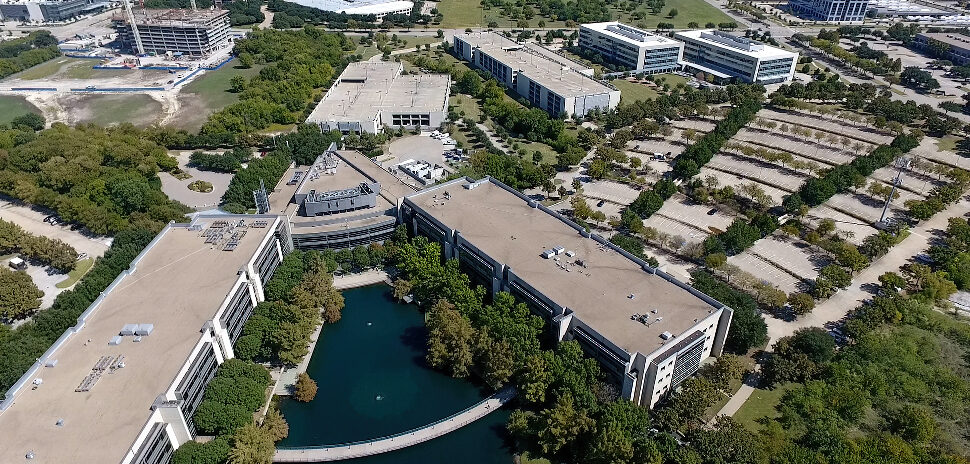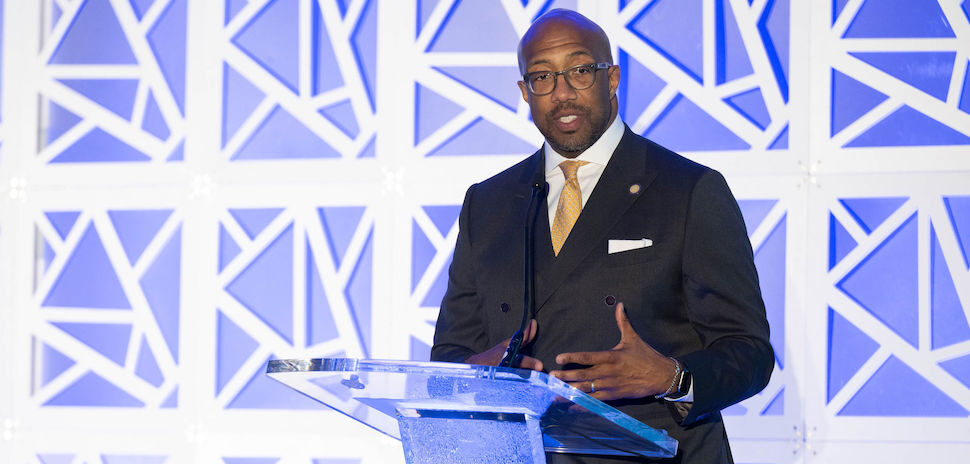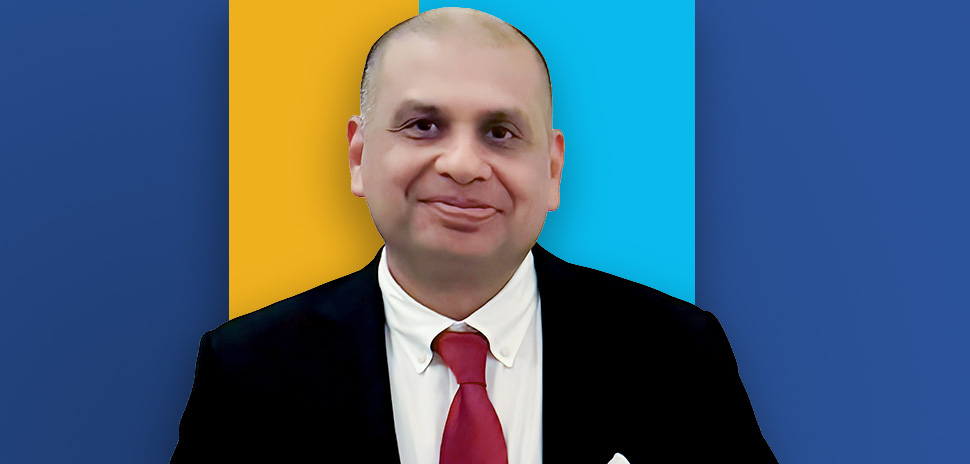Ericsson has unveiled a pioneering 5G site at its U.S. headquarters in Plano that combines renewable energy sources and smart energy management, showcasing the potential for reduced operational costs and increased profitability in sustainable mobile networks.
By integrating solar energy and lithium-ion batteries, the site’s energy-smart network solution demonstrates how businesses can achieve both environmental sustainability and financial success in the telecommunications industry.

Kevin Zvokel
Kevin Zvokel, SVP and head of networks at Ericsson North America, calls the company’s “smart-sustainable” site a proof point that demonstrates Ericsson’s leadership in constructing sustainable mobile networks.
“Operators can now utilize untapped assets, thanks to this technology, creating new energy cost savings opportunities,” he said.
Ericsson said this 5G site has the potential to be fully operated by solar energy, complemented by integrated Lithium-ion batteries, for up to a 24-hour period.
The Swedish company said that sourcing power from renewable energy sources is the most impactful decarbonization strategy for mobile networks, but doing so intelligently and cost-effectively has been a challenge.
This energy-smart site addresses those challenges, Ericsson said.
The company said its commitment to minimizing the industry’s carbon footprint and providing uninterrupted connectivity while improving grid resilience is exemplified by this site.
According to Ed Gubbins, principal analyst at Global Data, mobile operators face the challenge of reducing energy consumption and carbon emissions of their base stations while maintaining network coverage and user experience quality.
“Mobile operators increasingly need to reduce the energy consumption and carbon emissions of their base stations without sacrificing network coverage or the quality of the user experience,” he said.
In an effort to address the issue, Ericsson has developed smart site solutions that leverage hybrid energy sources. The solutions aim to assist operators in managing costs and increasing profitability, particularly in rural or remote areas or private networks with lower traffic volume and a need for highly efficient power consumption.
Gubbins emphasized the significance of utilizing various tools, such as solar power, lithium-ion batteries, and advanced software features.
“Using a variety of tools to increase energy efficiency and sustainability — including solar power, lithium-ion batteries, and advanced software features — can be helpful for improving operator profitability,” Gubbins said.
Sustainable off-grid alternative
According to Ericsson, the site includes the ultra-lightweight mid-band Massive MIMO AIR 6419, RAN Processor 6651 along with Enclosure 6160, comprised of a Solar shelf 6670, lithium-ion Batteries 6612, and Controller 6610 for hybrid energy operation and control.
The company said the new site showcases the latest in hybrid energy management, combining on-site solar and energy storage systems to integrate clean power and increased resiliency to portions of mobile networks at the greatest risk of grid outages.
It will feature advanced capabilities such as load shifting, peak shaving, and demand response, enabling the site to effectively utilize batteries when electricity rates are high and recharge them when electricity rates are lower.
The company said its strategy allows for multiple daily cycles, ensuring optimal cost efficiency by taking advantage of the most favorable electricity prices.
According to the company, it’s a proof-of-concept that demonstrates a sustainable alternative to conventional off-grid sites that often rely on generators powered by fossil fuels. The objective is to show operators that strategically coordinating multiple energy sources and storage technologies can effectively decrease operational expenditure (OPEX) associated with energy costs. That approach aids in achieving Net Zero goals while creating opportunities for future revenue streams from utility companies, it said.
Ericcson said that with a unified intelligent management system and power management, including solar power and Lithium-ion batteries, the site continuously optimizes for the best energy source.
Other green energy sources
The company said that phase two of the project will explore additional green energy sources as alternatives to diesel, such as hydrogen-based generators.
That phase also examines interoperability with power grid vendors, optimizing local energy generation and consumption to sell back to the grid with net metering.
By unlocking premium Ericsson Network Manager features such as the policy-based Battery Saver, operators can switch off specified radio frequencies to reduce energy consumption and prolong network services, thus increasing network resiliency.
According to Ericsson, the site also has the potential to be utilized as a test bed to trial radio hardware and software solutions that improve energy efficiency in conjunction with smart-site solutions. And, it opens additional avenues for exploration, including collaboration with utility companies in areas such as grid frequency, voltage regulation, and demand response.
In February, Ericsson was named the overall sustainability leader in a study conducted by ABI Research that evaluated the capabilities of telecom vendors to reduce energy use and waste across the industry.
![]()
Get on the list.
Dallas Innovates, every day.
Sign up to keep your eye on what’s new and next in Dallas-Fort Worth, every day.
































